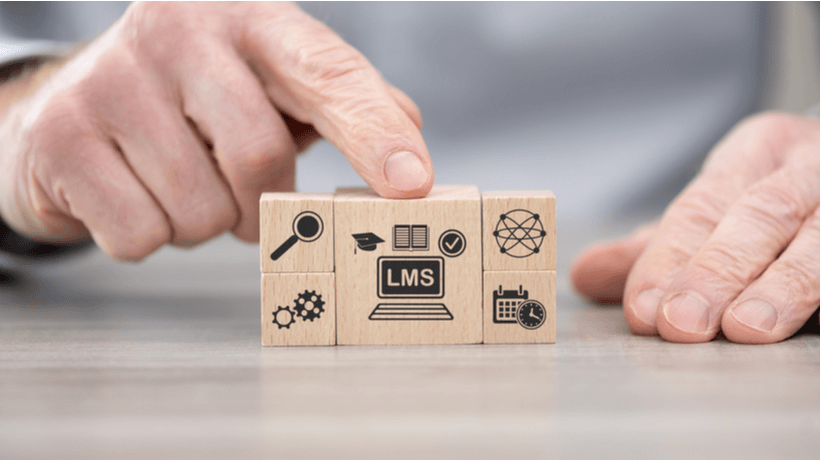It appears – from the writings of commentators on the learning management system (LMS) market, including Craig Weiss, who is currently corporate learning’s second most influential person in the world – that among the current priorities of LMS buyers is these systems’ video capabilities. This is a result not only of increasing bandwidth capabilities and today’s almost ubiquitous wireless network access but also of the growing popularity of the bring-your-own-device (BYOD) fashion and, consequently, individuals learning via mobile devices.Video is now a major part of everyone’s online experience – so it’s only natural that learners are looking for it to be a major part of their learning experience, via such things as personalized / blended learning, social learning and MOOCs. This poses some questions for the makers of systems that deliver online learning materials, monitor its usage and administer the whole thing.
4 Key Criteria to Evaluate and Select The Right LMS
So, when shopping for an LMS, it could be wise to:
- Find an LMS offering centralized media management - notably via an accessible, catalogued, searchable and viewable library of learning resources - preferably in the Cloud. Keeping video on in-house servers could mean developing ‘learning resources silos’ which could be difficult to find, in order to use them in other online learning materials. In any case, it will mean that the video takes up large amounts of data storage and network resources. Look for an LMS that will store all these video-based learning materials in the Cloud, where they can be accessed by any of your learning materials’ development team.
- Ensure that your new LMS will recognize and integrate with existing learning materials/ resources. Moreover, ensure that it includes the capability to produce the analytics and management reports that you need – especially when it comes to measuring the effectiveness and engagement levels of the learning content.
- The LMS needs to be able to support any delivery device, anywhere and at any time. With the growing number of devices available on the market and, thus, being used to deliver learning materials, this requirement is becoming more challenging to fulfill. In any case, this requirement makes it less likely that you can produce and maintain a proprietary, in-house LMS.
- Be comfortable with the levels of security and governance that the new LMS offers. This not only includes protecting third party licensed content but also your organization’s own-developed learning resources. However, there has to be the opportunity for different authors to collaborate, online, in developing various learning materials – which also means ensuring that the system’s learning resources are easily accessible to all those who need access.
Docebo’s E-learning platform is not the only LMS that fits these four criteria but, having been named recently in the top ten LMSs in the world, it would be worth putting it on anyone’s LMS shortlist.









